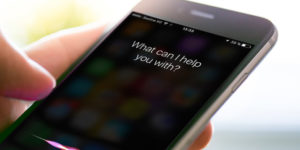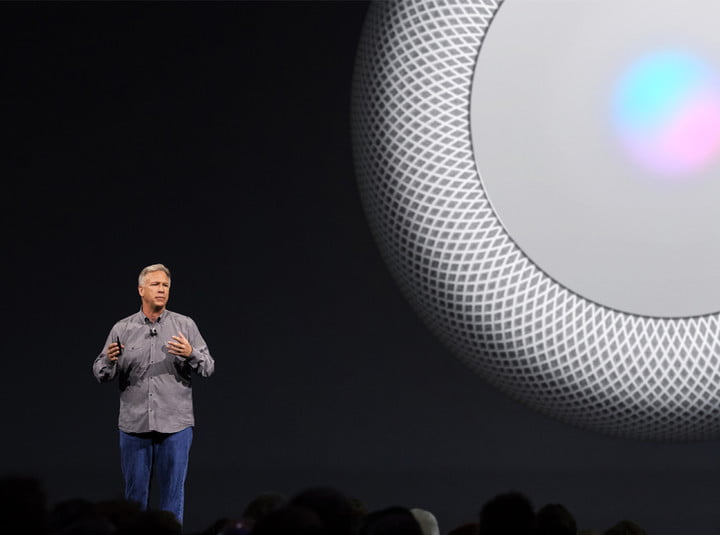Is This ‘Goodbye Siri’?
Alexa was the big story at last year’s CES, injecting herself into more stories than Donald Trump. Speakers, watches, appliances, robots, everything conceivable is now Alexa compatible and listening. Also listening was Google, which clearly got the message, staging an all-out assault on CES 2018. The company wrapped the Vegas monorail, threw up huge ads at every intersection, and set up a massive play space in the parking lot to demonstrate the multiple ways Google’s voice assistant is evolving.
This, year, Alexa was still everywhere, but it was clear that Google won CES.
The one name not on anyone’s lips? Siri. I didn’t see a single “talk to Siri” sign, and I was looking.
Dropping behind
Apple has traditionally skipped CES in favor of its own splashy events, which allow the company to control the conversation completely. With journalists fawning and brands scrambling to be part of the conversation, this strategy works. Apple doesn’t like sharing the stage, and has used this strategy to sell hundreds of millions of iPhones and all their related accessories. But at CES for the past two years, other companies are building bigger, better ecosystems – and Siri hasn’t evolved to keep up.
Apple
Consider the humble smart speaker. Apple’s been working on one since 2014, painstakingly experimenting with a variety of designs and prototypes before arriving at the HomePod – which still isn’t out. Meanwhile, Amazon has cranked out half a dozen different Echo models over the past three years, which have become the de facto standard for smart speakers. In the ‘80s and ‘90s, Apple’s strategy centered around education: Get kids familiar with the interface in school and you’ll build customers for life. News flash, Siri: Parents have been training their kids for years to talk to Alexa. Maybe you could ask your peeps to step it up?
Apple plans to launch the HomePod in early 2018. It may be too late.

Second-class citizen
HomeKit is Apple’s answer to the smart home market, offering an easy, Siri-powered interface to your lights, locks, and Lutrons. Apple’s site claims that “over 50 brands worldwide are committed to providing accessories that are compatible with the HomeKit framework.” That number may seem a little underwhelming to you, with good reason. For years, Apple made manufacturers jump through hoops to earn the “Works with HomeKit” label. Part of that was a special coprocessor Apple required in products, presenting extra cost and headaches for manufacturers. It was easier (and cheaper) to skip the chip, and HomeKit. Sorry, Siri.
In August, Apple announced that it would allow manufacturers to begin adding HomeKit without the chip. Yep, turns out Apple can accomplish all the stuff it does through software alone. So … why was there a chip in the first place? I’m no hardware engineer, but The Register has a theory: “The decision to insist that third parties incorporate a superior chipset just to be allowed to work within its eco-system is pure Apple arrogance.”
But forget about why. What’s more significant is the results. The added cost and complexity of working with HomeKit meant support in fewer devices. It was just easier to work with Amazon and Google. Meanwhile the rise of voice assistants has powered smart home adoption over the last year; we were hard-pressed to find a smart home device at CES that doesn’t interact with Google Assistant and Amazon Alexa. This means HomeKit has remained a second-class citizen, and without Apple at CES to tout its features, Lets hope for next year.














Leave a comment